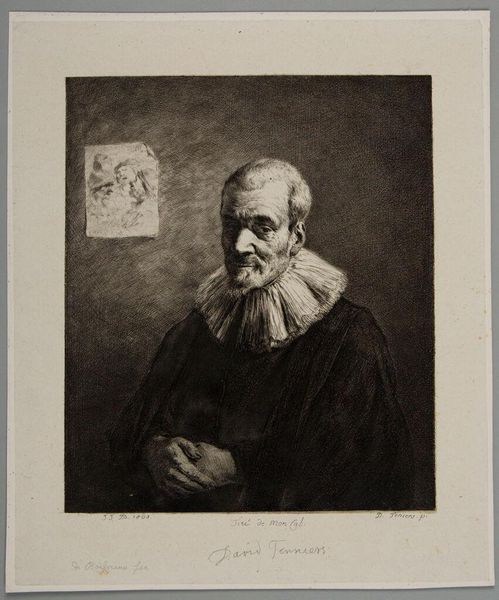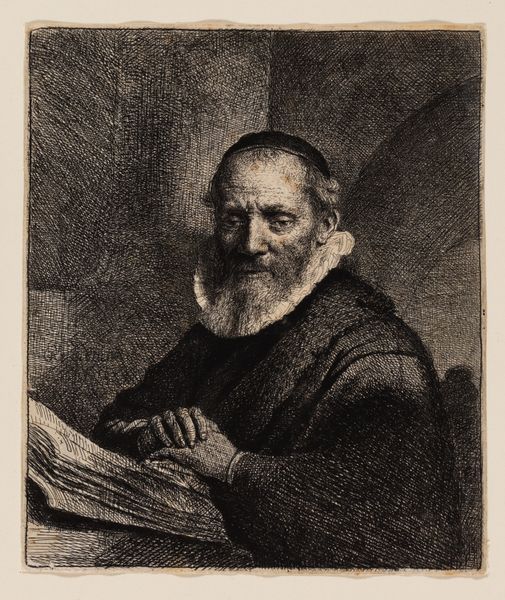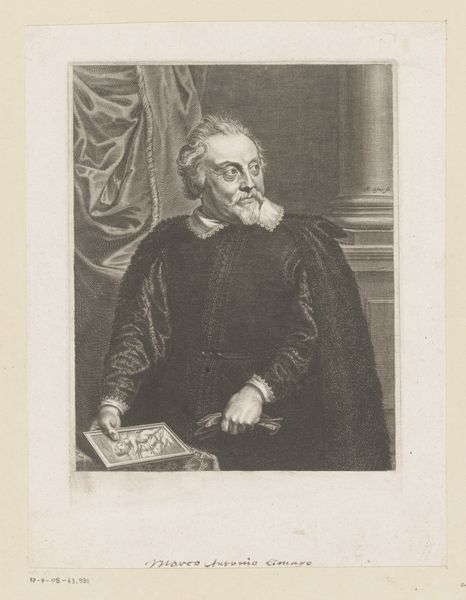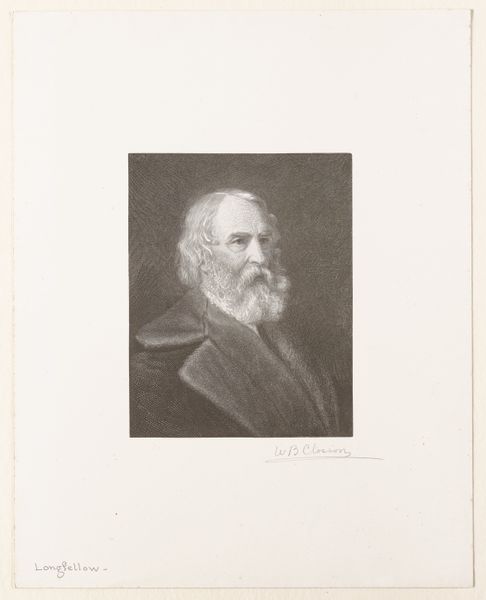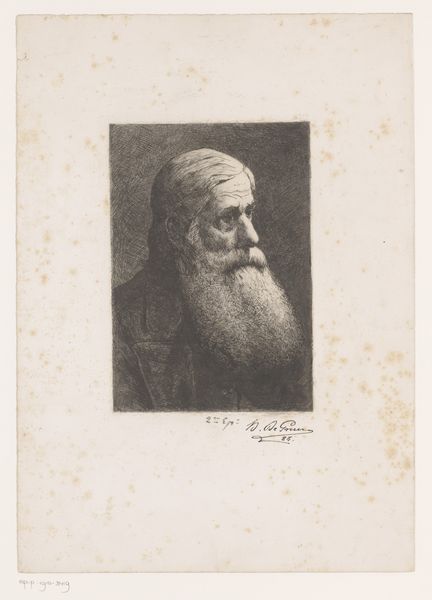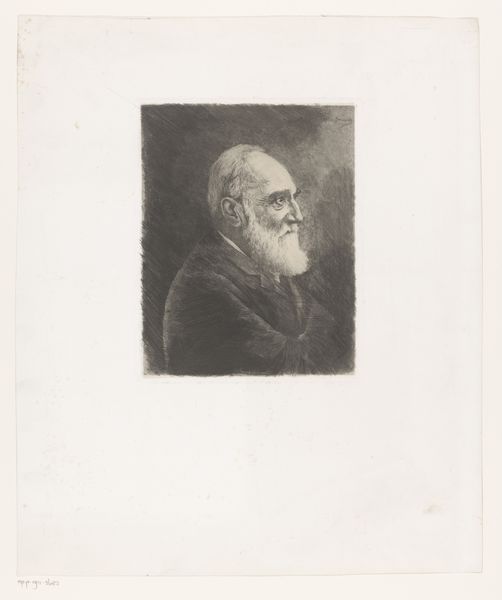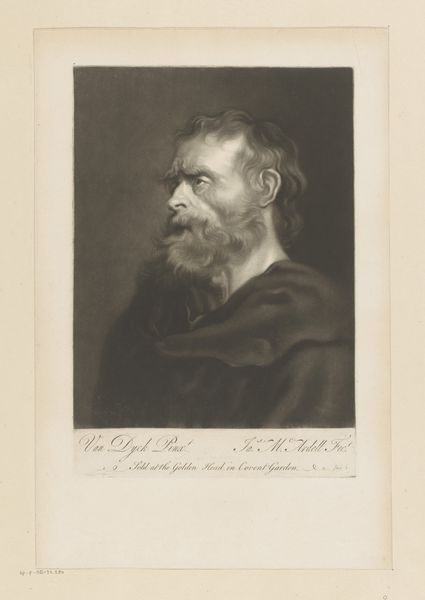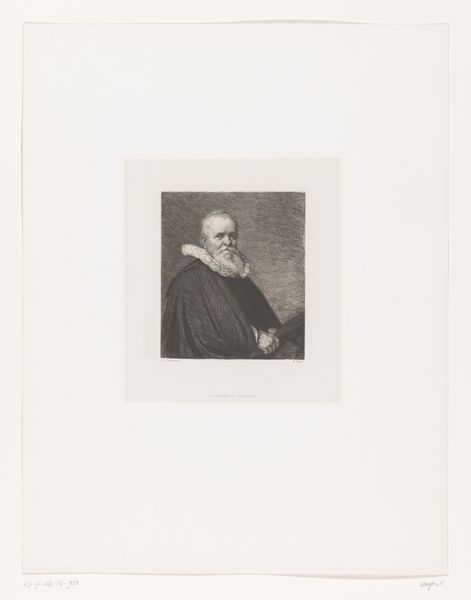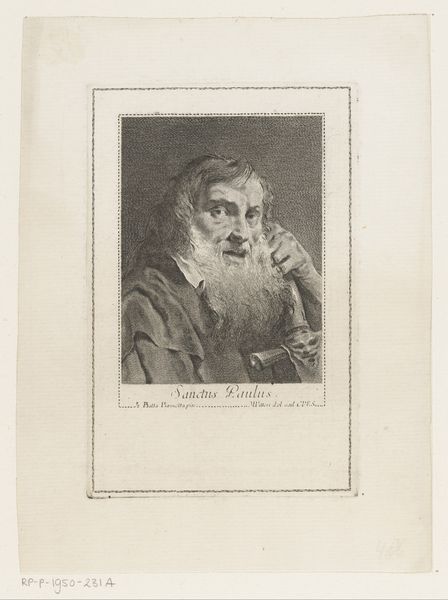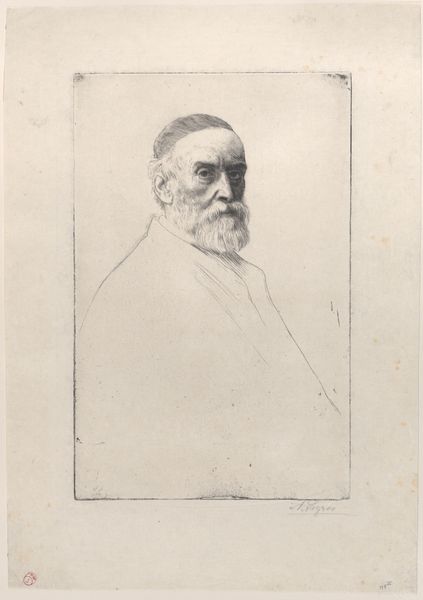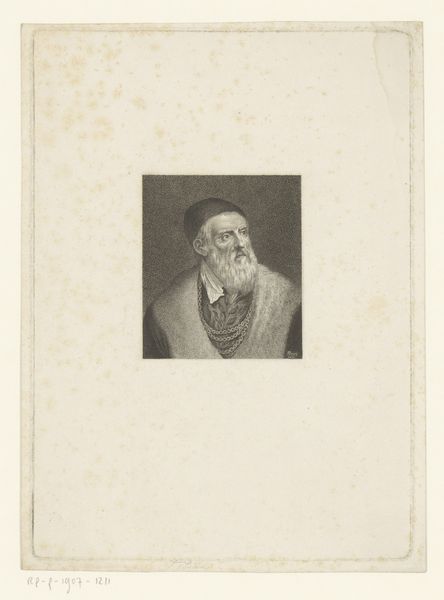
Portrait, after David Teniers the Younger 1803
0:00
0:00
drawing, print, etching, engraving
#
portrait
#
drawing
# print
#
etching
#
portrait reference
#
framed image
#
men
#
engraving
Dimensions: Sheet: 9 7/8 × 8 7/16 in. (25.1 × 21.4 cm) Plate: 9 5/8 × 8 3/16 in. (24.5 × 20.8 cm)
Copyright: Public Domain
Curator: Here we have a portrait etched by Jean Jacques de Boissieu in 1803, titled "Portrait, after David Teniers the Younger." Editor: The first thing that strikes me is the incredibly rendered texture and the intimacy it evokes, despite being a reproduced print. He has a wonderful, weary gaze. Curator: It’s quite remarkable, isn't it? The image consciously mimics the style of David Teniers, capturing not only the likeness of the subject but also invoking Teniers' artistic era and style. Notice how the collar is not simply ornamental. Editor: Yes, that's very intentional. It reminds us of sumptuary laws in earlier periods, signaling class status even as fashion evolves. Boissieu is playing with our visual understanding of historical hierarchy, but within the changed social fabric of the early 19th century. Curator: Precisely. The image within the image also draws my attention, a smaller piece hanging behind the subject. This embedded image might give clues regarding the depicted individual’s allegiances, tastes, or stories within his narrative. Editor: And consider the hands clasped so calmly; the hands were so often symbols of action or craft, especially in portraits during the Enlightenment era. Here, there's a kind of passive, learned elegance that seems calculated, almost like a subtle resistance. Curator: You highlight such crucial dynamics. It’s easy to forget that, in portraying another work by Teniers, Boissieu isn’t just copying, but also offering his commentary on artistic tradition and authorship. He interprets not just the person but their place within social constructs. Editor: Boissieu creates more than just a copy. By reinterpreting, he poses important questions about what portraiture communicates, what constitutes authentic selfhood, and how artistic echoes carry through revolutions and changing power dynamics. Curator: This reminds me that art often communicates by allusion, suggestion, and the weaving together of references across time and space. Editor: Absolutely. And by analyzing those allusions, we glean further knowledge on these artworks and the contexts in which these pieces were born.
Comments
No comments
Be the first to comment and join the conversation on the ultimate creative platform.
